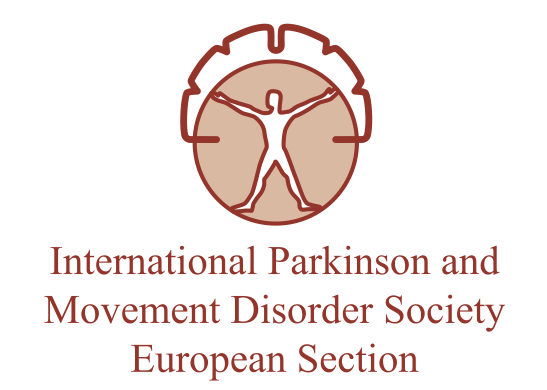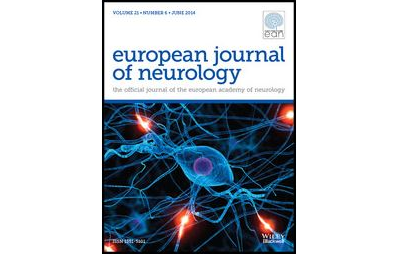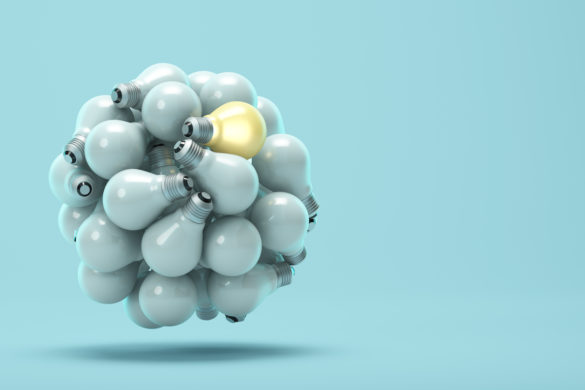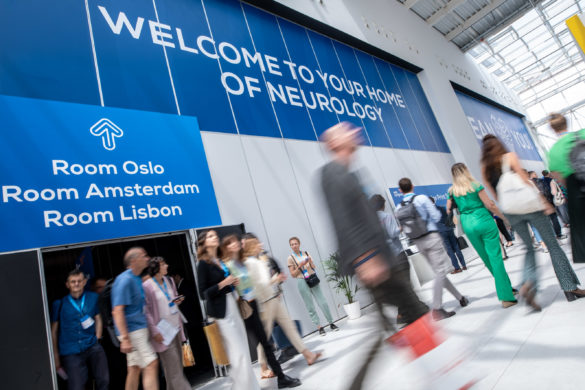by Martin Rakusa and Andrea Truini
The EAN publishes three to four guidelines per year and they are each initially presentated at the EAN Annual Congress. This year we had the opportunity to see the presentation of two new guidelines and get insight into the guideline development process in this Special Session on New Neurological Guidelines.
Missed this session?
Watch on demand via our Virtual Congress Platform – click here!
The first talk was from Prof. Katarzyna Smilowska, from Poland, who presented EAN/MDS-ES guidelines on the invasive treatment of Parkinson’s Disease. The first guidelines on medical treatment were published in 2006 and have been reviewed several times since then. However, there were no guidelines on invasive treatment. Therefore, the first question was regarding surgical treatment of Parkinson’s disease either with deep brain stimulation or other methods such as pallidotomy, radiofrequency thermocoagulation or radiosurgery gamma radiation.
Deep brain stimulation is recommended for old and young patients with Parkinson’s disease with motor fluctuation, which may not be managed with medical therapy. On the other hand, only one eligible study explored deep brain stimulation in patients with early-onset Parkinson’s disease with no motor fluctuation. There were no differences between groups. Therefore, current guidelines do not recommend deep brain stimulation for this group of patients.
In the case of nonsurgical treatment, Levodopa-carbidopa intestinal gel (LCIG) or apomorphine pumps are recommended for patients with Parkinson’s disease and motor fluctuations. If deep brain stimulation, LCIG or apomorphine pumps are not a treatment option, the guidelines also recommend pallidotomy. The guidelines do not recommend other treatment options or propose only in a clinical trial.
The following guidelines were presented by Prof. Andrea Truini from Italy. The guidelines on neuropathic pain assessment have been prepared based on a joint activity involving EAN in cooperation with the European Pain Federation and the Neuropathic Pain Special Interest Group of the International Association for the Study of Pain. These guidelines have assessed the diagnostic value and provided clinically valuable recommendations for the main diagnostic tools used in assessing patients with suspected neuropathic pain: screening questionnaires, quantitative sensory testing, nociceptive evoked potentials and skin biopsy.
Of the screening questionnaires, DN4, I-DN4, LANSS received a strong recommendation and S-LANSS and PainDETECT a conditional recommendation for their use in the diagnostic pathway for patients with suspected neuropathic pain. While quantitative sensory testing and skin biopsy received a strong recommendation, nociceptive evoked potentials received a conditional recommendation in the neuropathic pain diagnosis.
These recommendations provide evidence-based clinical practice guidelines for neuropathic pain diagnosis.
There are several steps in preparing high-quality EAN guidelines. For example, authors must prepare the protocol after the guidelines proposal is accepted. To better understand this, Prof. Kristian Steen Frederiksen from Denmark explained procedures in the last lecture of this session.
At the end, chairs Prof. Maurizio Leone and Prof. João Costa thanked their fellow neurologists who have spent years working on the guidelines.










